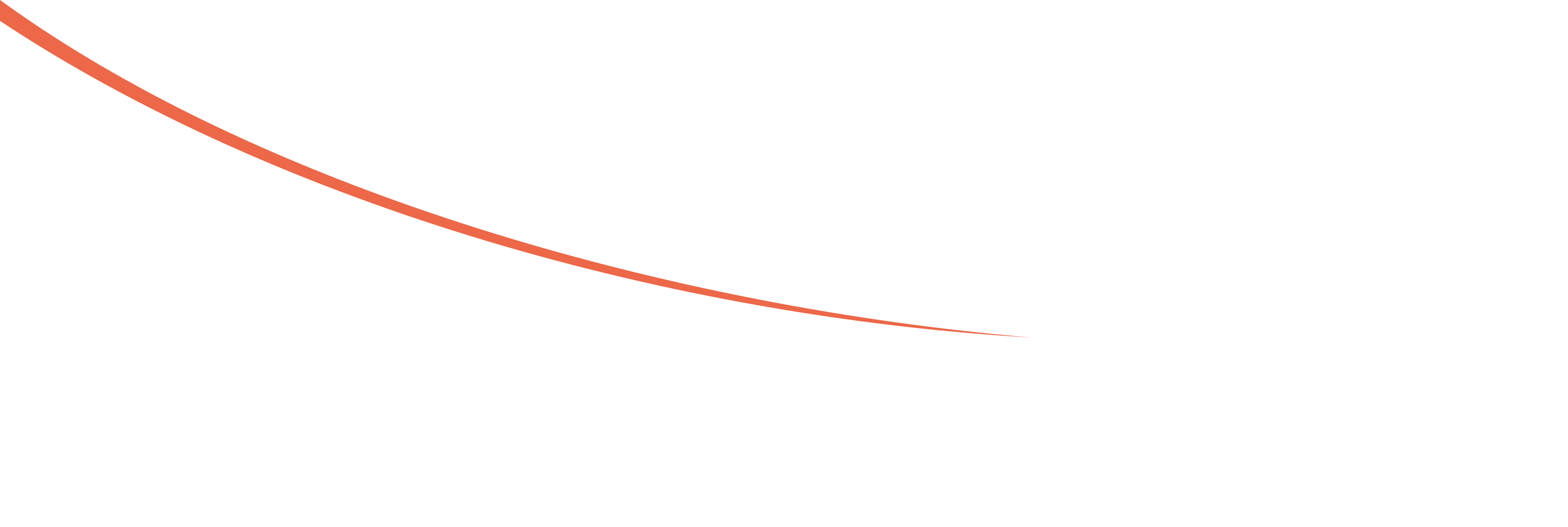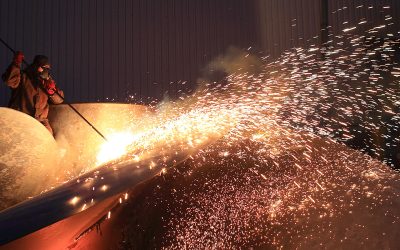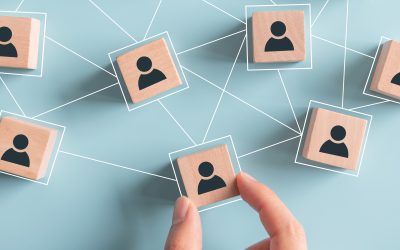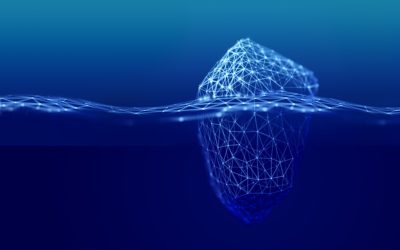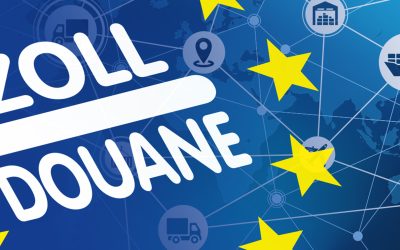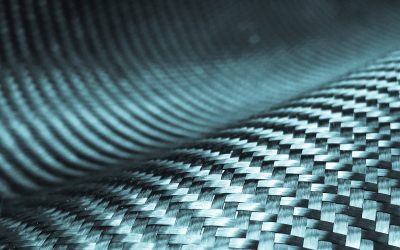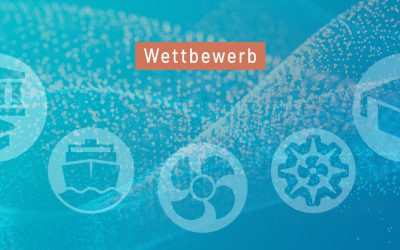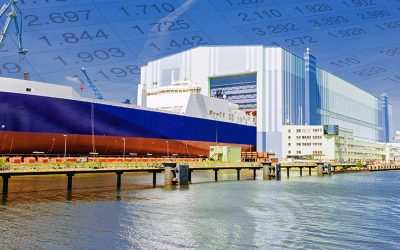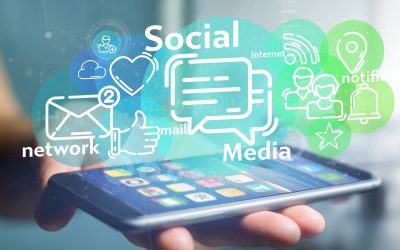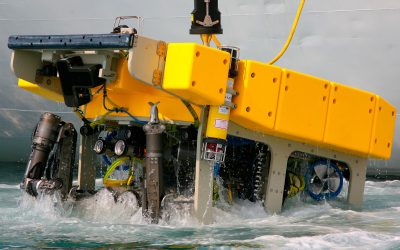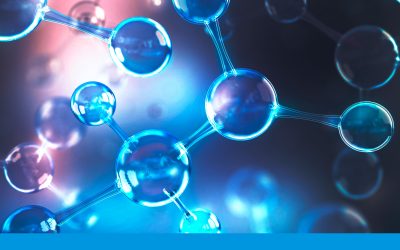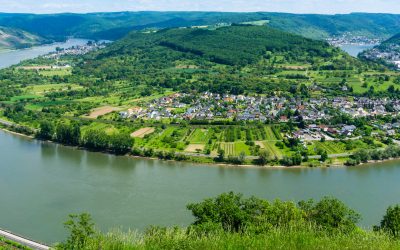
Helena Rapp
Referentin europäische Initiativen und Förderprogramme in der maritimen Branche
Telefon: +49 40 9999 698 - 76
E-Mail: Rapp[at]dmz-maritim.de
For the maritime sector, the Horizon Europe programme is an important building block in the field of research and innovation, complementing and strengthening the funding landscape at a European, national and regional level. The following summary illustrates the active participation of the sector, especially by research institutions and private companies. The current work programme for 2023–2024 offers numerous calls for proposals, particularly in the areas of shipbuilding, shipping, ports and logistics, with additional funding opportunities in core maritime areas through the co-programmed partnership with Zero Emission Waterborne Transport (ZEWT) – the Maritime Funding Compass Europe, developed by the German Maritime Centre, contains the latest information on this opportunity.
What is Horizon Europe?
Horizon Europe is the European Union’s current key research programme, the ninth to date. Running from 2021 to 2027 and with a total budget of 95.5 billion euros, it is the successor to Horizon 2020 (H2020). The aim of the programme is to strengthen Europe’s society and economy through knowledge, innovation and sustainable development.
Horizon Europe builds on the thematic continuity of its predecessor programme, but is even more differentiated in its structure and comes with increased financial resources. The funding can be used in a more targeted and effective manner. The research and innovation programme focuses on Europe’s digital and green transformation (as part of the Fit for 55 package), which is based on three pillars: 1. Excellent Science, 2. Global Challenges and European Industrial Competitiveness, 3. Innovative Europe.
Pillar 2 (Europe’s Global Challenges and Industrial Competitiveness) is particularly important for the 2021–2024 strategic plan and forms the basis for the work programmes and strategic direction. The pillar comprises six clusters (Health; Culture, Creativity & Inclusive Society; Civil Security for Society; Digital, Industry & Space; Climate, Energy & Mobility; Food, Bioeconomy, Natural Resources, Agriculture & Environment). It addresses aspects such as digital and environmental transformation through technologies and innovation, restoration of ecosystems and Europe’s biodiversity, a climate-neutral and sustainable as well as circular economy, a resilient, inclusive and democratic society, and European co-financed and co-programmed partnerships with stakeholders from business, politics and society.
The themes mentioned above are reflected in the broad calls for proposals relevant to the maritime sector. Five cross-pillar and interdisciplinary missions complement the research and innovation instruments in the Horizon Europe programme in a separate work programme.
How is Horizon Europe being received by the German maritime sector?
Initial findings from the 2021–2022 funding period show:
- With 152 million euros in non-repayable grants for the maritime sector in Germany in the first two years, Horizon Europe has already surpassed its predecessor programme H2020 (which had 150 million euros over seven years).
- Stakeholders from all categories and maritime sub-sectors are represented in over 100 projects. The largest funding recipients include the Helmholtz Association, the Jülich Research Centre, GE Grid GmbH, Siemens Energy Global GmbH & Co. KG and the Fraunhofer Gesellschaft.
- Maritime research and innovation are taking place throughout Germany. 15 federal states are participating in projects that have maritime applications at various levels. Funds are flowing directly into projects that are exclusively focused on the maritime sector, including technical innovations in shipbuilding, technologies for climate-neutral ports, emission reductions in shipping, and various marine technology processes.

- The sector also benefits from indirect funding through projects that promote materials and processes (primarily in the supply industry) that could also be used in the maritime sector in the future (e.g. digital, AI-based innovations).
- There is of course participation from large German research centres and communities, which have the relevant experience in funding applications and can implement the requirements of the new research framework programme more directly. This is reflected in the distribution of funding in the individual federal states. In North Rhine-Westphalia, Bremen, Schleswig-Holstein and Baden-Württemberg, at least half of the research funds go to large research institutions. By contrast, in Bavaria, large as well as small and medium-sized enterprises from the supplier sector were able to acquire more than two thirds of the research funds.

- The marine technology sector – with a range of projects in the fields of offshore, aquaculture, ocean research, CCS/CCU and digitalisation projects around oceans and waters – stands out in the first two years of the funding period with a share of 55%. The diversity of themes, the numerous opportunities for sector participation, as well as additional funding from the mission ”Restore our Ocean and Waters”, all contribute to the size of the grants.
- Around one fifth of the funds in the maritime sector were allocated to the guidelines and policy segment. Establishing the political framework for the use of funding is fundamental, especially at the beginning of new funding periods. For technical innovations and measures to have a sustainable and targeted impact, a political framework must be firmly established and social awareness must be created. In addition, the disbursed funding supports national and regional initiatives that promote the green transformation of the maritime sector. These projects contribute to the implementation of the ambitious goals of the European Green Deal on a structural, systemic and societal level. This aspect is laid down in binding form in the key orientations of the Strategic Plan 2021-2024[1].

- Additional funds were used for European partnerships within Horizon Europe. These are initiatives in which the EU supports the implementation of research and innovation activities in cooperation with private and/or public partners. The focus is on the EU’s strategic goals, which include achieving a climate-neutral, green, fair and social Europe, as well as fostering a resilient and competitive industry. There are various forms of partnership that share the vision of representing a broad range of stakeholders and the entire value chain across different countries. One example is the Clean Energy Transition Partnership (CETP), a co-funded partnership in Horizon Europe, which has a German project partner as a National Contact Point for the Climate, Energy and Mobility cluster, and which funds projects in the field of green energy technologies. Another example is the co-programmed partnership[2] in Horizon Europe with ZEWT.
The Waterborne Technology Platform (TP)
Waterborne TP is an industry-oriented platform that facilitates dialogue between maritime stakeholders (classification societies, shipbuilders, shipowners, supply industry, infrastructure & maritime service providers, universities, research institutions), the EU and EU Member States.
In cooperation with the European Union, the Waterborne TP technology platform (of which the German Maritime Centre is a member) develops calls for proposals in the Horizon Europe cluster ”Climate, Energy and Mobility” specifically for the maritime sector. The aim of the partnership is to develop technologies for all major ship types and services so that the sector can become emission-free by 2050. This includes decarbonisation technologies; the elimination of additional emissions and pollutants; economically viable and competitive approaches to strengthen environmentally friendly technologies; the development of regulations, norms and standards at national and international levels; and the promotion of employment in Europe. The partnership between ZEWT and the European Commission allows for the targeted allocation of funding for innovations on the path to a zero-emission maritime sector – which, the evaluation shows, is being embraced by the sector.
Within the framework of the ZEWT partnership, twelve calls for proposals (2021: eight; 2022: four) with a funding volume of 167.5 million euros were launched in the first funding period of Horizon Europe, which the German Maritime Centre helped to shape in terms of content. A total of 26 projects were funded (2021: 14; 2022: 12); including 14 projects with German participation (2021: eight; 2022: six).
Method
The findings are based on an analysis of funded projects with a maritime orientation using a mixed-methods approach with an explanatory/embedded design. Quantitative data was gathered from the European Commission’s CORDIS database and the public pages of relevant stakeholders and projects. This data was then analysed using statistical techniques. In a second step, the data underwent qualitative interpretation and the results were discussed and assessed within the German Maritime Centre. The results provide an overview of the maritime sectors and stakeholders that have received funding from Horizon Europe, as well as the nationwide distribution of funds. The cut-off date for these results is 1 February 2023.
